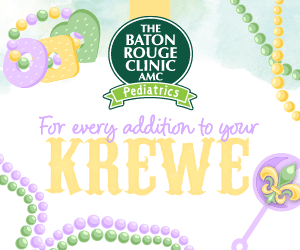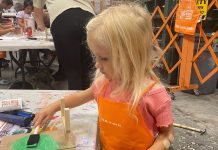Happy, Angry, Sad, Afraid: basic emotions that set the foundation for all of the emotions we experience. It seems so simple, yet so many struggle to process and experience emotions. Somewhere along the way, we were told that boys don’t cry (The Cure had a song about it) and that girls don’t get angry, “sugar and spice and everything nice” right? What we were really hearing, and internalizing, was that our feelings didn’t matter if they weren’t the “right” feelings.
As a mental health professional, I’ve worked with countless people who struggle with identifying and therefore expressing basic emotions. The ability to understand emotions, and then process them for yourself also makes it difficult to display empathy. Both can be a challenge for many adults, let alone for kids.
When I became a mom it was important to me that my child not only learn how to identify his feelings, but also how to express them properly and allow others to express them, so I turned to one of the greatest tools available to us, books.
My kid is still a toddler, so right now we’re at a point where he is just learning that different emotions exist and that they are expressed differently. There are so many books on feelings out there, but here are three that we use in my house.
Learning the Basics
Happy Hippo, Angry Duck in a cute, animal-related way this book teaches basic emotions. It addresses the reader directly with the opening line “Hello little person, how are you today?” The facial expressions on the animals match the feeling word and we work to read the feeling word in the same voice/tone one would express that emotion in regular conversation. This book is a favorite and watching my toddler excitedly shout “excited as a dog” is really just heartwarming. It is short, to the point, and imparts information.
In My Heart: A Book of Feelings This one goes a bit more in-depth on feelings and what actions may go along with them or how the feeling manifests physically. My toddler is still a bit young for the full text so, typically, we read the first line that gives a synonym for the feeling and the last line that tells what the feeling is and discuss the associated picture. “Sometimes my heart feels like a big yellow star…this is when my heart feels happy.” The illustrations are also excellent and really convey the feeling.
Learning to Listen
Empathy can be a hard concept for some adults to grasp, so teaching empathy to kids can be a challenge. I love that there are books available to help with this concept.
The Rabbit Listened is an amazing, child-friendly, way to discuss not only grief/loss as a feeling but empathy. Something bad happens and everyone tries to tell the main character what to do and how to feel, except the rabbit, who shows up and just listens. It’s an excellent introduction to empathy and to processing feelings.
As adults we’re often searching for the right words, the right actions; we too, can learn from these simple books, and pass along that learning to our children. Emotional intelligence isn’t something that is learned and is then finished. It is something we can continue to learn along with our children; as we teach them we can continue to teach ourselves.

















